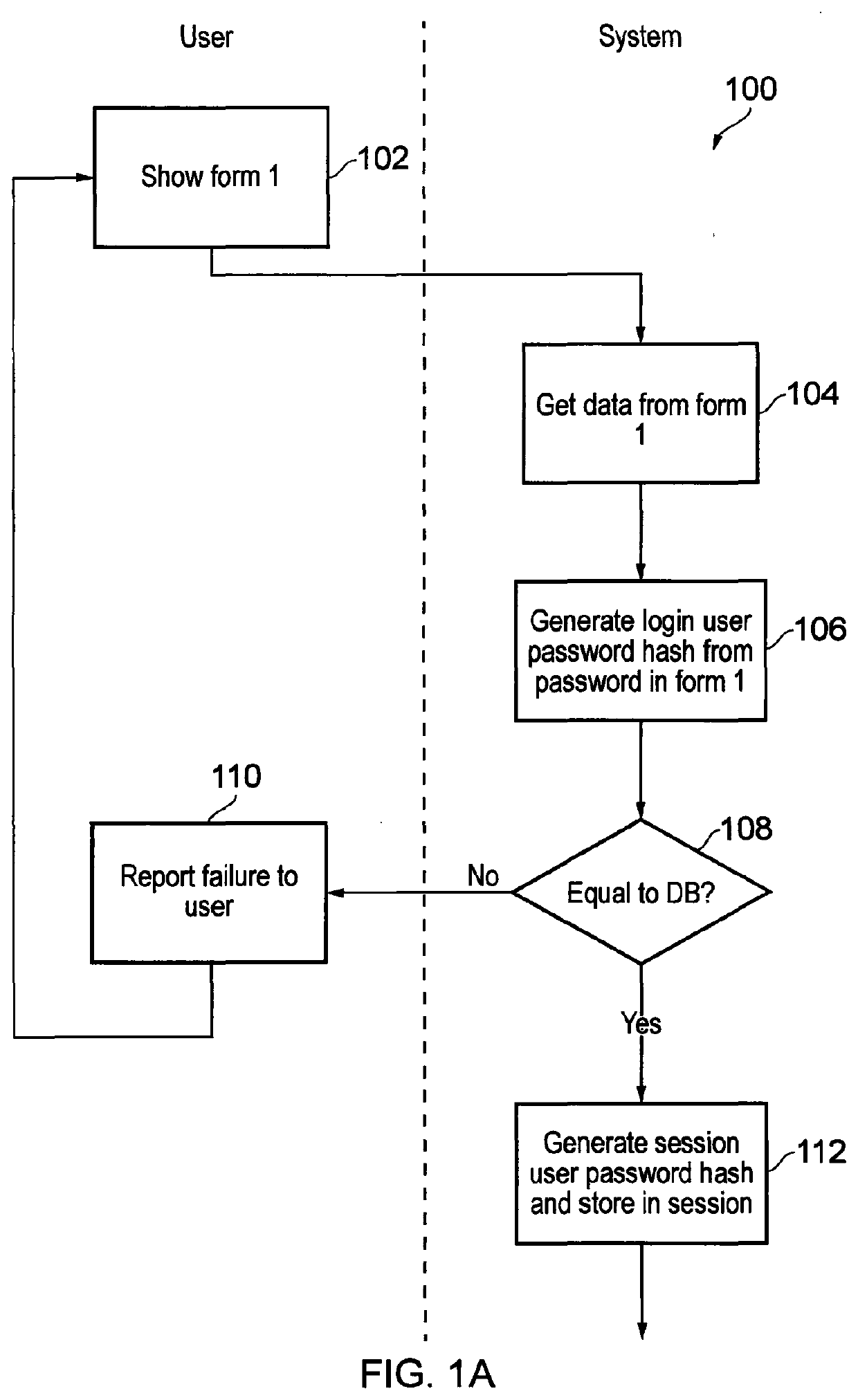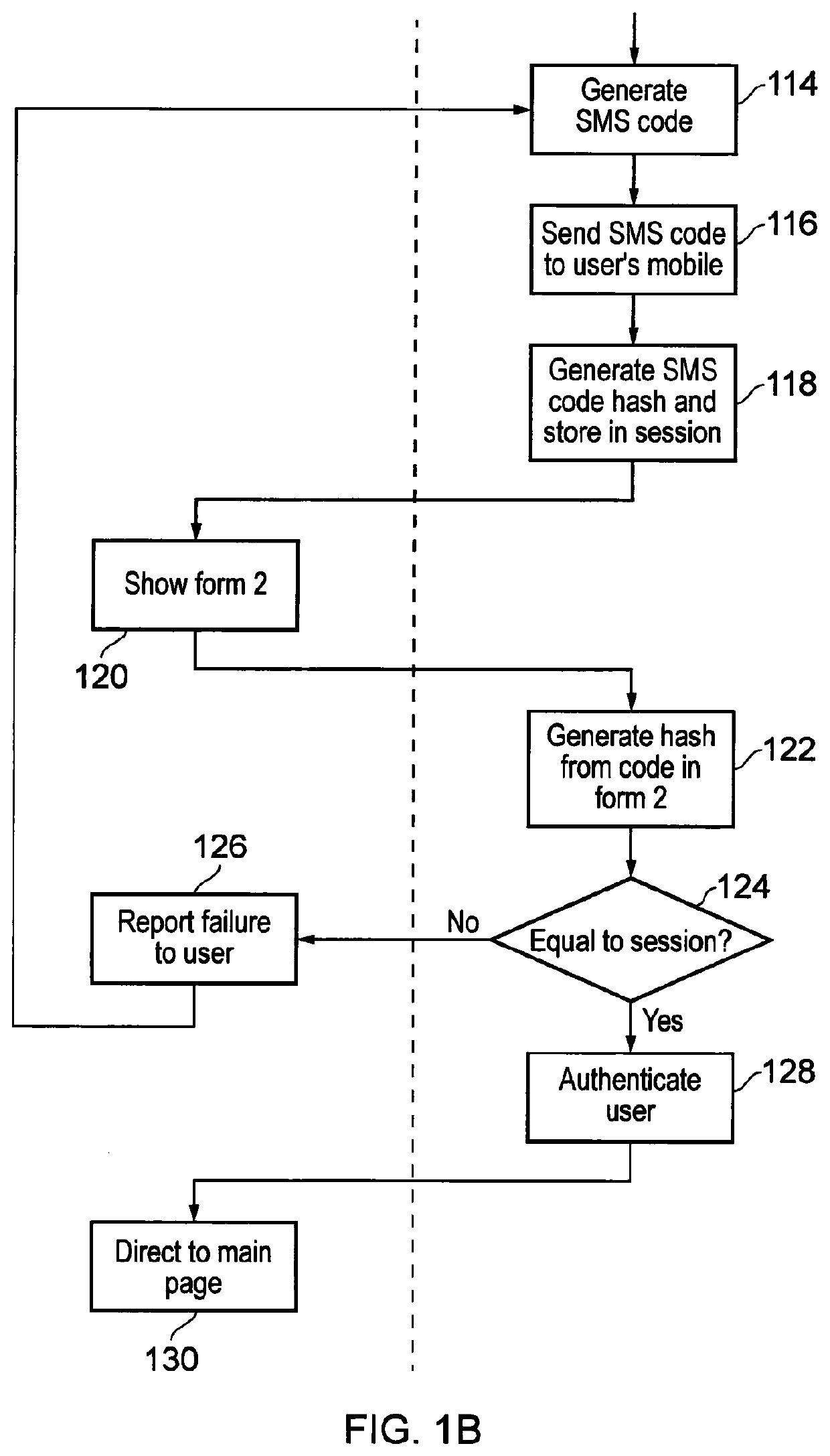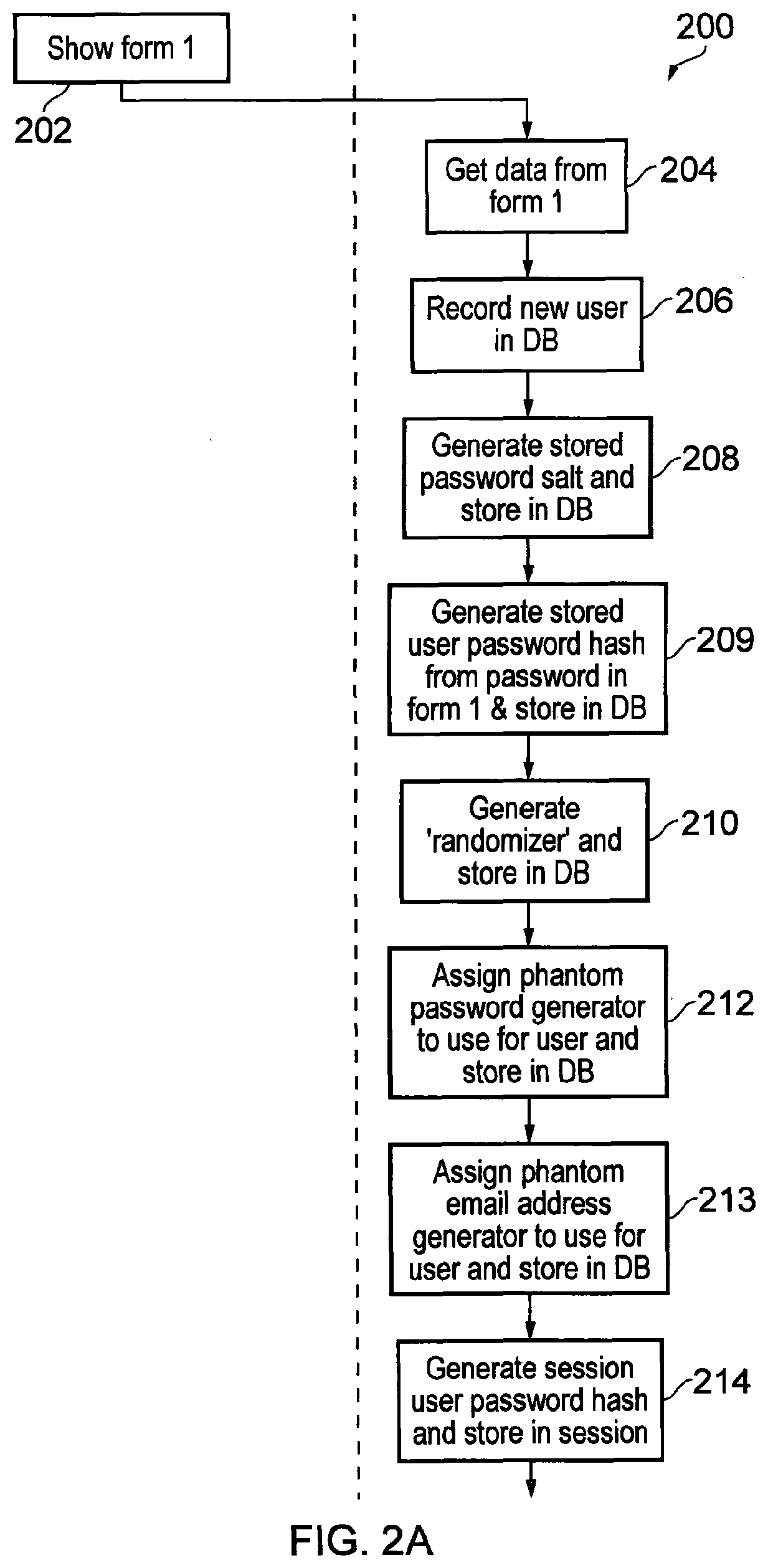Platform for generation of passwords and/or email addresses
a technology for email addresses and passwords, applied in the field of computer-based platforms, can solve the problems of user-related information in itself being a target for attacks, and the method of assembling input data strings may not be predicted or otherwise determined, and achieve the effect of less reliant on encryption strength
- Summary
- Abstract
- Description
- Claims
- Application Information
AI Technical Summary
Benefits of technology
Problems solved by technology
Method used
Image
Examples
Embodiment Construction
; FURTHER OPTIONS AND PREFERENCES
[0036]In one embodiment, the present invention provides an online phantom password and phantom email address generation and regeneration system which users can access to provide login information for a plurality of web domains with which they hold accounts. The system of the invention may be cloud-based, i.e. a web-based platform accessible from any web-enabled computing device. References herein to a “device” or “server” executing operations of the system may therefore be understood to encompass references to a virtual device or virtual server that may be operating in the cloud. For example, the system may be built using Microsoft®'s .Net framework and hosted in Microsoft®'s Azure® cloud platform. Although this embodiment discusses use of the invention in an online system, it can be understood that it is applicable to any digital system that requires user authentication, e.g. off-line networks or other digital resources.
[0037]At a general level, the...
PUM
 Login to View More
Login to View More Abstract
Description
Claims
Application Information
 Login to View More
Login to View More - R&D
- Intellectual Property
- Life Sciences
- Materials
- Tech Scout
- Unparalleled Data Quality
- Higher Quality Content
- 60% Fewer Hallucinations
Browse by: Latest US Patents, China's latest patents, Technical Efficacy Thesaurus, Application Domain, Technology Topic, Popular Technical Reports.
© 2025 PatSnap. All rights reserved.Legal|Privacy policy|Modern Slavery Act Transparency Statement|Sitemap|About US| Contact US: help@patsnap.com



